April 1, 2020
By
Amy L. Miles
Member, Stoll Keenon Ogden PLLC
502-568-5715
amy.miles@skofirm.com
The Families First Coronavirus Response Act (“FFCRA”) is now in full force and effect. Leading up to today’s effective date, the U.S. Department of Labor (“DOL”) has continued to release additional “frequently asked questions” that further explain employer and employee rights under the new legislation. SKO’s previous coverage on the FFCRA can be found here and here. Employers should keep in mind that these FAQs operate as informal guidance and are subject to change by the DOL without notice.
A link to these FAQs can be found here. The guidance addresses a number of key issues, including:
Documenting Leave
The FAQs make clear that employees must support leave requests with appropriate supporting information, including the employee’s name, qualifying reason for leave, a statement that the employee is unable to work or telework for that reason, and the date(s) for which leave is requested. Employers must retain this documentation in order to claim payroll tax credit for the FFCRA leave credits: employers who grant paid FFCRA leave without obtaining or keeping documentation may not be eligible for a payroll tax credit.
Health Coverage Continues During Leave
According to the DOL, existing FMLA standards apply to emergency family leave under the new law. Thus, employees must be allowed to continue group health care coverage during expanded FMLA leave on the same terms as if the employee had continued to work. The same holds true for employees with family coverage. Employees must continue to make any normal contributions to the cost of their healthcare coverage.
Employers must also continue health coverage for employees who elect to take paid sick leave.
Workplace Closures and Furloughed Employees
The DOL guidance clarifies that if an employee’s worksite has been closed or an employee has been furloughed, the employee is not entitled to paid FFCRA leave. This is true regardless of whether the closure or furlough was implemented before or after the April 1st effective date of the FFCRA. This also applies when the reason for closure or furlough is a federal, state or local order closing the employer’s business.
Similarly, if an employer closes an employee’s worksite while the employee is on paid leave under the FFCRA, the employer is only required to pay the employee for any leave used before the employer closed. As of the date of the worksite closure, the employee is no longer entitled to paid FFCRA leave.
Interplay between FFCRA paid leave and existing paid leave
Only leave taken on or after April 1st qualifies for FFCRA leave payments.
Paid sick leave and expanded family medical leave under the FFCRA is in addition to any preexisting leave entitlements provided by an employer. Thus, an employer may permit, but may not require, an employee to use existing paid vacation, personal, medical, or sick leave to supplement the amount the employee receives under the FFCRA, up to the employee’s normal earnings. Further, an employer will not be entitled to a tax credit for any paid leave which exceeds the limits set forth under the FFCRA.
Intermittent Leave
The DOL guidance on intermittent leave varies depending on whether the employee is teleworking or working on site.
Teleworking: For teleworking employees, the DOL states that the employer and employee may agree to intermittent leave for any of the FFCRA-qualifying reasons.
Working onsite: For employees who are working onsite, intermittent leave is permitted only for those employees who are taking leave to care for children due to school closures or childcare unavailability, and only if the employer agrees. Leave taken for any of the other qualifying reasons must be in full-day increments because, as the guidance notes, the intent of the FFCRA is to provide such paid sick leave as necessary to keep an employee from spreading the virus to others.
Small Business Exemptions
The DOL also provided much needed guidance on how it will analyze exemption requests from small businesses by identifying three circumstances that would satisfy the requirement that compliance with the FFCRA would “jeopardize the viability of the small business as a going concern.”
1. The provision of paid sick leave or expanded family and medical leave would result in the small business’s expenses and financial obligations exceeding available business revenues and cause the small business to cease operating at a minimal capacity;
2. The absence of the employee or employees requesting paid sick leave or expanded family and medical leave would entail a substantial risk to the financial health or operational capabilities of the small business because of their specialized skills, knowledge of the business, or responsibilities; or
3. There are not sufficient workers who are able, willing, and qualified, and who will be available at the time and place needed, to perform the labor or services provided by the employee or employees requesting paid sick leave or expanded family and medical leave, and these labor or services are needed for the small business to operate at a minimal capacity.
A small business may claim the exemption where an authorized officer has concluded that the business meets the above requirements. This guidance suggests that the DOL does not currently intend to second guess the good faith business judgment of a small business.
***
Stoll Keenon Ogden understands that these are trying times for our clients and our country. Our firm operations have continued uninterrupted and our attorneys are equipped to serve as we always have – for over 120 years. If you would like to discuss the Families First Coronavirus Response Act, the effects of the COVID-19 pandemic on your operations, or any other important matters, please do not hesitate to contact your trusted SKO professional.
Please also be sure to check out the Stoll Keenon Ogden Coronavirus Resource webpage for additional articles and information related to the latest information on new laws and directives enacted by federal, state, and local governments in response to the Coronavirus pandemic.




